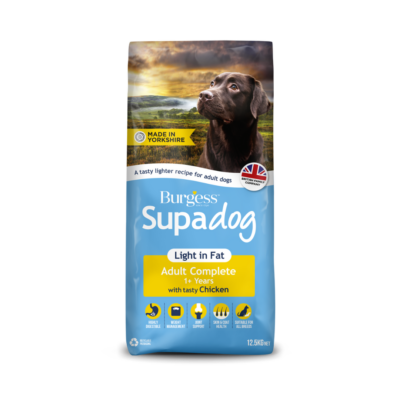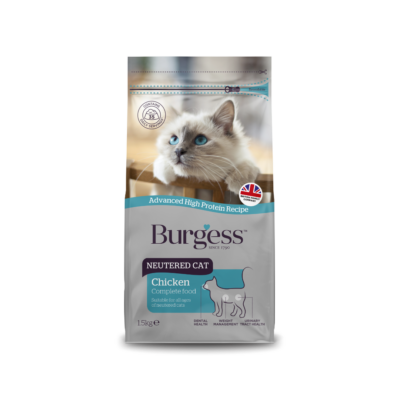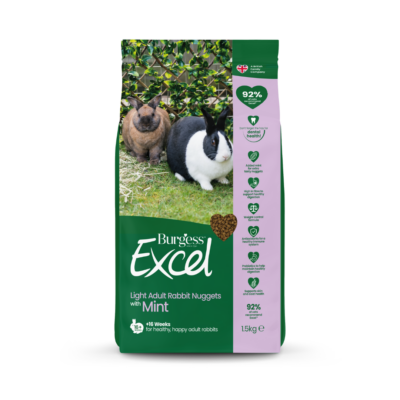
New year, new weigh-in? When was the last time you weighed your dog, cat, rabbits, guinea pigs or other small pets?
Just like us humans, our pets benefit from being within a healthy weight range. However, because we love our furry friends so much, it can be tempting to given them lots of little extras to eat – particularly when they perform their well-practiced repertoire of begging behaviours that we just can’t resist...
However, a few extra treats combined with not enough exercise can be a risky combination when it comes to your pet’s health.
According to research carried out by veterinary charity PDSA, veterinary professionals estimate that 46% of dogs and 43% of cats are overweight or obese – and 82% of owners don’t know their pet’s body condition score. This industry-wide veterinary scale, which runs from numbers 1 to 9, indicates if a pet animal is underweight, ideal weight or overweight.
As a guide:
- You should be able to see and feel your pet’s ribs, spine and hip bones.
- Your pet’s waist should be clearly visible when viewed from above.
- Your pet’s belly shouldn't be sagging underneath, there should only be a small amount of belly fat.
TOP TIP!
Regularly monitor your dog’s weight and keep an eye on how much food they’re eating – especially when it comes to giving them treats. If your vet advises putting your dog on a diet, let everyone in the house know so no one will unknowingly slip them treats.
Source: Petplan
Weigh-ins are the way forward
However, although we humans can take a deep breath and step on the scales to reveal the numbers, our pets have to rely on us to help them stay in shape. In fact, regular weigh-ins are a very important part of pet care.
Veterinary surgeon Brian Faulkner advises: “Checking your pet's weight should form part of their regular health check-ups. By looking after your cat, dog or rabbit's weight, you are helping to ensure that they are fighting fit all year round.”
Marsden, a leading provider of medical weighing equipment adds: “Although losing or gaining weight is a great indicator for an illness, did you know that being overweight can be dangerous for your pet? Pet obesity can cause problems, such as arthritis, skin conditions and breathing problems. That’s why your vet will weigh your pet at the start of every check-up. This is so they not only have an accurate weight on record but can also check to see if they’re overweight and give you advice to help with that.”
TOP TIP!
Keep your cat at a healthy weight by putting their feeding bowl in different places and making them ‘hunt’ for their food. You can also try ‘puzzle feeding’ with balls with holes in them that dispense kibbles one by one as the cat plays with it.
Source: Petplan
And, while trying to weigh your pet at home can prove tricky, most vets will let you use their scales free of charge, along with some pet stores and groomers.
Understand the causes of weight gain
“It’s important to recognise what a healthy bodyweight and shape is for your cat or dog – and the factors that could affect it,” advise Anne Carter and Jacqueline Boyd, Senior Lecturers in Animal Biology and Animal Science at Nottingham Trent University. “Sometimes it’s just in the genes. Some Labrador Retrievers, for example, have a genetic mutation that predisposes them to increased ‘foodie’ behaviour and weight gain. And neutered pets can have reduced daily calorie needs, so if their diet isn’t altered accordingly, they can inadvertently gain weight.”
TOP TIP!
Don’t forget to weigh out your pet’s food accurately using a scale. Scoops are hugely inaccurate and make overfeeding much more likely.
Source: Carter & Boyd, Nottingham Trent University
The importance of being an ideal weight
Helping your pets reach their ideal weight is really important for their health and wellbeing. As well as being more at risk of developing serious illnesses and diseases, being overweight can also affect everyday activities – from being able to enjoy walkies and playtime to how well they can groom themselves.
TOP TIP!
Slow down super speedy eaters with slow feeding bowls featuring raised patterns that require more effort to get to the food, or puzzle feeders, which means your dog has to engage both brain and brawn to get to their tasty kibble!
If your pet is extremely portly, it may seem like a daunting task to help them slim down, but there’s plenty of help available. “If their weight is far too high – or even approaching obese proportions – it may be best to begin your pet’s weight-loss journey with a trip to the vet for a full health check and body condition assessment. They will also be able to provide a target bodyweight and timeframe for weight loss,” advise Anne Carter and Jacqueline Boyd.
TOP TIP!
Keep an eye on your rabbit’s weight and ensure they are fed a healthy diet of hay and greens. Try hiding their food in scrunched-up paper so they can use their natural foraging instincts for extra exercise.
Source: Petplan
Easy swaps to help your pets slim down
What’s more, thanks to innovations in pet food, our companion animals who need to slim down can now benefit from lower calorie foods that still contain all the protein, vitamins and minerals they need.
Burgess Pet Care uses its expertise and experience to produce high-quality, award-winning pet foods, including these nutritious and delicious ‘light’ varieties:
- Supadog Light in Fat with Tasty Chicken is specially created for overweight adult dogs. It contains L-Carnitine to help reduce, and then maintain your pet’s weight at the correct level. Find out more about switching your dog’s food safely >>
- Burgess Neutered Cat with Chicken is an advanced, high protein, complete food with added L-Carnitine to help maintain a healthy weight. Just 48 hours after neutering, cats need an estimated 20% fewer calories and neutered cats are more prone to weight gain. Find out more with our cat and kitten feeding guide >>
- Excel Adult Light Rabbit Nuggets with Mint is a complementary calorie-controlled food, naturally high in Beneficial Fibre, that will help reduce and maintain your rabbit’s weight. Nuggets should actually make up just 5% of your bunny’s daily diet, which is about one egg cup a day per bun, along with 15% of rabbit-safe leafy greens, vegetables and herbs and 85-90% unlimited grass or high quality feeding hay. Find more rabbit nutritional advice and details of the Excel 5 Stage feeding plan, recommended by vets >>
Burgess in-house vet, Dr Suzanne Moyes MVB MRCVS, advises: “Obesity can lead to a variety of different health and wellbeing issues, including osteoarthritis, diabetes, cardiac disease and cancer as well as the inability to exhibit natural behaviours. By consulting your vet, following our top tips and working together with your pets, losing that excess fat could be easier than you think – and your pets will be so much happier and healthier for it.”
TOP TIP!
According to animal charity Blue Cross, a slice of buttered toast to a Cocker Spaniel provides about a sixth of their daily calorie requirement – the equivalent of two bags of crisps for a person. A sausage to a Staffie is the equivalent of one and a half chocolate bars to a person and a chocolate digestive to a Jack Russell is almost the same as a portion of chips to a human. What’s more, all sorts of human food can actually be harmful to pets.
LOVE PETS? TRUST BURGESS – WE’RE EXPERTS IN OUR FIELD!
Burgess Pet Care is one of the UK's leading pet food manufacturers for the country’s most popular pets – dogs, cats, rabbits, guinea pigs, chinchillas and degus, hamsters, gerbils and mice, rats and ferrets.
At Burgess Pet Care, all our high-quality recipes have been formulated by vets and nutritionists. This ensures they contain the right balance of vitamins and minerals to supplement your pet’s diet to help keep them happy and healthy. With a long tradition of supporting British famers, we actively source all our ingredients as close to our mill as possible.
For helpful feeding advice, call our expert team on 0800 413 969. They’re available 9am-5pm, Monday to Friday. Alternatively, use our online form to get in touch.
CARE MORE Find lots of useful advice on caring for all your pets from Burgess, the pet experts. Training, nutrition, grooming and general care. It's all here >>
Is your dog a Burgess dog? Your cat a Burgess cat? Your small pets Burgess small pets? Join the Burgess Pet Club for exclusive offers and rewards.
If you found this interesting, you may also like:
HOW MUCH FOOD SHOULD I FEED MY DOG? What’s the right amount to feed your dog? What should a dog’s diet consist of? What’s the best dog food for your dog? What’s the best dog food for your puppy? What can dogs eat? What can’t dogs eat? How many times a day should you feed your dog? Read on to find out the answers to all these questions in our expert dog feeding guide...
HELP YOUR PETS GET INTO THE EXERCISE GROOVE >> The Healthy Pet Club says: “As with us, one of the main benefits of exercising your pet is for health and fitness reasons. This ensures that their muscles remain strong and supple, and to also ensure that they don’t become overweight.”
HOW TO HELP YOUR CAT SLIM DOWN According to feline charity International Cat Care, it’s estimated that between 39% and 52% of cats in the UK are overweight or obese – but help is at hand. By choosing the right weight loss cat food and adopting a creative approach to feeding, your favourite feline will soon be back to their ideal weight.
MAKING HAY-TIME PLAYTIME FOR BUNNIES Rabbits need to eat their own body size in hay every day to stay healthy. Our in-house vet Dr Suzanne Moyes advises on how to help your bunnies munch their way through their daily ration by making hay-time a fun experience.
WHAT’S IN SEASON? How to choose safe winter veggies for your small pets.
WINNING WINTER! With some practical tips and inspiring ideas, you can make winter a fun, cosy and rewarding time of year for your furry friends, giving you a boost too!
THINGS TO MAKE AND DO When it comes to enriching toys for your pets to brighten up the dreary days of winter, why not get crafty and do it yourself?
WHAT PUTS YOUR SMALL PETS IN A GOOD MOOD? Along with socialising with their same species companion and interacting with their favourite human, our survey reveals the best thing you can to do to give your small furries a happiness boost…
PET PERSONALITIES – NATURE V NURTURE? Does nature or nurture have the biggest influence on our pets’ personalities and behaviour? According to animal experts, it’s complicated! What is clear is that helping our pet friends navigate the human world through socialisation and training goes a long way to enabling them to enjoy happy, healthy and fulfilled lives.
GAME PLAN From ‘treat-seeking missions’ to indoor circuits, getting creative with cardboard box activity centres and paper bag wraps, we’ve lots of ideas for you to boost the feelgood factor for your four-legged friends.
COSY TOES AND SNUGGLY NOSES As temperatures dip, our animal companions need our help to stay warm and toasty during the winter months.
COME IN FROM THE COLD Practical ways from feline experts to help your cat cope with winter.
WET DAYS OUTDOORS AND MUDDY PAWS Whatever the weather, your dog needs regular walks, which means soggy doggies, muddy paws and the ‘alluring’ aroma of wet dog permeating your home. However, by investing in a few clever pieces of kit, both you and your canine chum can get through the wettest days of winter with ease.
WILD AT HEART Inside every pampered small pet is the desire to exhibit their innate, hardwired, natural behaviours which reveal their wild origins. It’s the reason why bunnies want to dig and burrow, guinea pigs like to keep a watchful eye on what’s going on from a safe hiding place, hamsters stuff food in their cheek pouches and chinchillas prefer to sleep hunched up. Find out more about the natural and fascinating behaviours of some of our favourite small furries.
SHOW YOUR PETS THE LOVE Every pet deserves the best – from the right environment to the correct nutrition and plenty of attention from their human. So why not make a pledge to be the best pet owner you can possibly be?
HOW TO TELL IF YOU HAVE A HAPPY PET Wheek-wheeking, bruxing, dooking, chirping, binkying, popcorning – there are all sorts of ways our pets tell us they’re feeling good, once you know what to look for...

